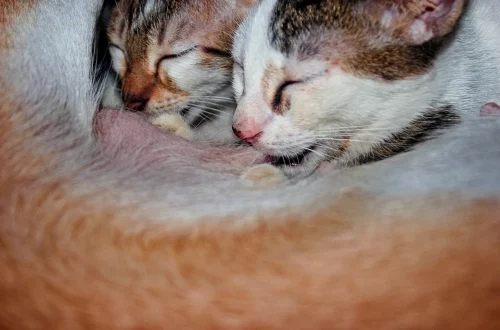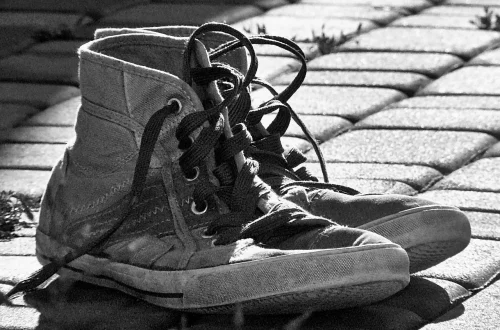
Understanding the Importance of a Dental Feline Chart for Cat Owners
Understanding the Importance of a Dental Feline Chart for Cat Owners
Caring for a cat involves more than just providing food, shelter, and companionship; it requires a commitment to their overall health and wellbeing. One crucial aspect of feline health that often goes overlooked is dental care. Cats, like humans, can suffer from various dental issues that can lead to serious health problems if left untreated. This is where the significance of a dental feline chart comes into play.
A dental chart is a valuable tool that can help cat owners track and understand their pet’s oral health. By documenting dental conditions, treatments, and other relevant information, owners can ensure they are providing the best possible care for their furry friends. With regular veterinary visits and proper dental hygiene, many of these issues can be managed effectively.
In this article, we will delve into the various aspects of dental care for cats, including common dental issues, how to use a feline dental chart, and the overall importance of maintaining your cat’s oral health.
Common Dental Issues in Cats
Understanding the common dental issues that cats face is the first step in ensuring their oral health. Just like humans, cats can develop a variety of dental problems, which can lead to pain, infection, and even systemic health issues if not addressed promptly.
One prevalent issue is periodontal disease, which affects the tissues surrounding the teeth. This condition often begins with plaque buildup, which can harden into tartar if not removed. The bacteria in plaque and tartar can lead to inflammation of the gums, known as gingivitis. If left untreated, gingivitis can progress to more severe forms of periodontal disease, causing tooth loss and contributing to other health problems.
Another common dental issue is tooth resorption, a painful condition where the body starts to break down and absorb the structure of a tooth. This issue is particularly concerning because it is often asymptomatic until the later stages, making regular dental check-ups essential for early detection.
Cats can also experience fractured teeth, which may occur due to chewing on hard objects or during playful activities. A fractured tooth can expose the pulp of the tooth, leading to infection and significant pain.
Additionally, some cats may develop oral tumors or lesions, which can be benign or malignant. Regular dental examinations can help identify these issues early, allowing for timely intervention.
To mitigate these risks, it’s vital for cat owners to prioritize dental care, including routine check-ups and at-home oral hygiene. Knowing about these common dental issues can empower owners to take proactive measures in maintaining their cat’s dental health.
The Role of a Dental Feline Chart
A dental feline chart serves as a comprehensive record of a cat’s dental health history. This chart is invaluable for both cat owners and veterinarians as it provides a structured way to track dental conditions, treatments, and follow-up care.
Using a dental chart, owners can document the status of their cat’s teeth, noting any abnormalities such as discoloration, tartar buildup, or loose teeth. This record can be particularly beneficial during veterinary visits, as it allows veterinarians to quickly assess the cat’s dental history and make informed decisions about treatment options.
Moreover, a dental chart can help in tracking the effectiveness of dental care routines. By noting changes over time, owners can determine if their efforts in maintaining their cat’s dental hygiene are yielding positive results. For instance, if an owner has been diligent about brushing their cat’s teeth and notices a decrease in tartar buildup, they can confidently continue their routine, knowing it is beneficial.
In addition to tracking dental conditions, a dental chart can also include important information about dental cleanings, treatments performed, and any medications prescribed. This comprehensive overview can be particularly useful for multi-pet households where different animals may have varying dental needs.
Overall, the incorporation of a dental feline chart in regular pet care can lead to improved dental health outcomes for cats. It encourages owners to remain vigilant about their pets’ oral hygiene and facilitates better communication with veterinarians regarding dental health.
Maintaining Your Cat’s Oral Health
To ensure your cat maintains optimal oral health, a combination of professional care and at-home practices is essential. Regular veterinary visits should be the cornerstone of dental care. During these check-ups, veterinarians can perform thorough examinations and cleanings, identifying any potential issues before they escalate.
In addition to professional care, cat owners can adopt several at-home practices to support their pet’s dental health. One of the most effective methods is regular tooth brushing. Using a toothbrush and toothpaste specifically designed for cats can significantly reduce plaque and tartar buildup. It’s important to start this practice early in a cat’s life to acclimate them to the process; however, even older cats can learn to accept tooth brushing with patience and positive reinforcement.
Dental treats and toys designed to promote oral health can also be beneficial. These products often have textures that help reduce plaque while providing a fun and engaging way for cats to clean their teeth. However, owners should always check for the Veterinary Oral Health Council (VOHC) seal of approval to ensure the product is effective.
Another crucial aspect of maintaining oral health is monitoring your cat’s diet. A balanced diet that supports dental health can contribute significantly to oral hygiene. Some commercial cat foods are specifically formulated to help reduce plaque and tartar buildup.
Lastly, being observant of any changes in your cat’s behavior or oral health is vital. Signs of dental problems may include bad breath, difficulty eating, or pawing at the mouth. Promptly addressing these issues with a veterinarian can prevent more severe complications.
By adopting a proactive approach to dental care, cat owners can help ensure their feline companions enjoy a long, healthy life with a bright smile.
Conclusion: The Importance of Proactive Dental Care
In conclusion, understanding the importance of dental health in cats cannot be overstated. As a cat owner, being proactive about your pet’s oral hygiene through regular veterinary care and at-home practices can significantly impact their overall health. A dental feline chart is an invaluable tool that helps track your cat’s dental history, ensuring you stay informed and engaged in their care.
By recognizing common dental issues, utilizing a dental chart, and maintaining a consistent dental care routine, cat owners can help prevent painful conditions and improve their pet’s quality of life. The importance of oral health extends beyond a simple smile; it plays a critical role in your cat’s overall wellbeing.
Remember, this article is not a substitute for professional medical advice. If you notice any health concerns regarding your cat, please consult your veterinarian for guidance and treatment options.




